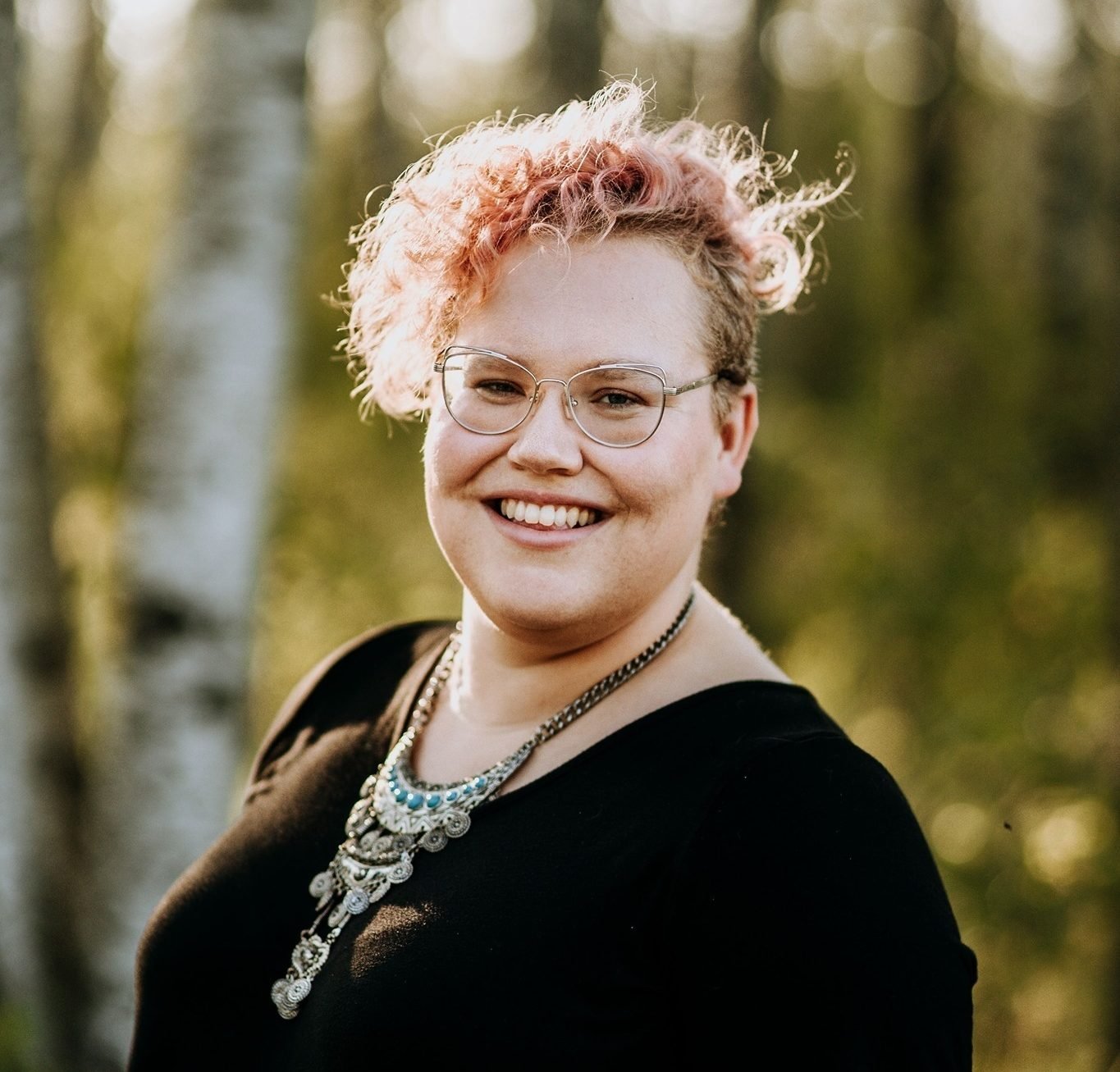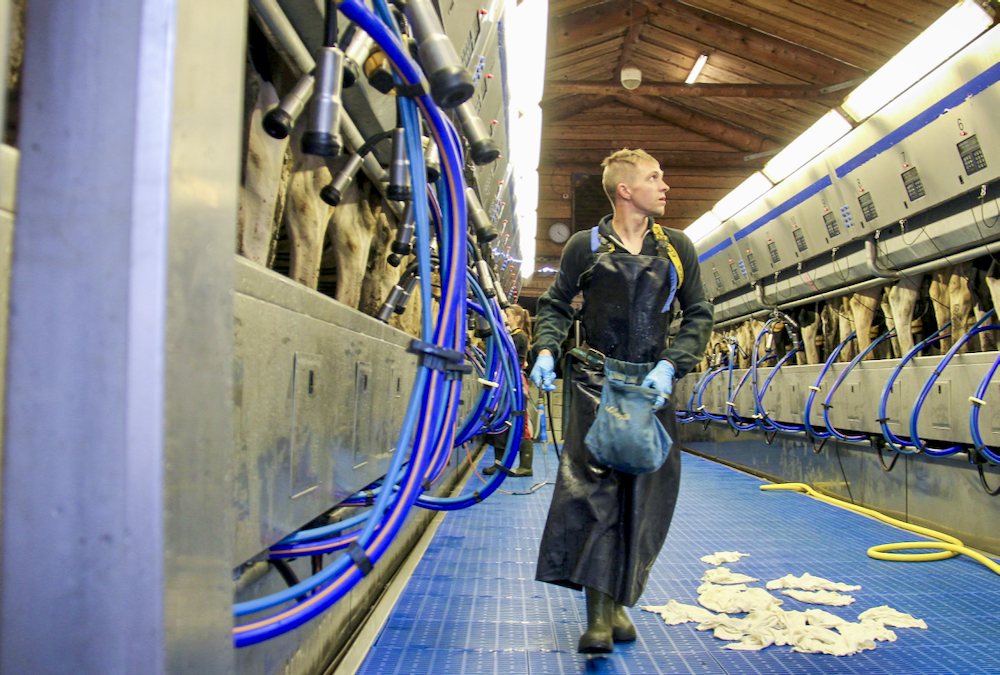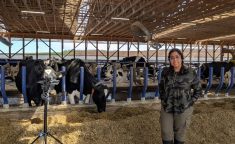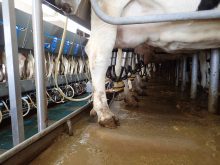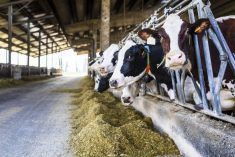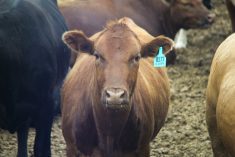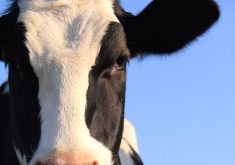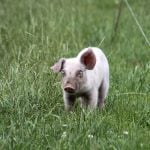Four fibreglass boxes, like small rooms, stand inside a bright, pristine space. Each box has metal stanchions, a hefty air-handling unit and a rubber mat that could be thought of as a bed.
“So,” asks one of several journalists clad in biosecurity gear, “you trap the cow in there with their burps?”
“No, no, no, no. Then they would die,” responds researcher Metle Olaf Nielsen.
Read Also
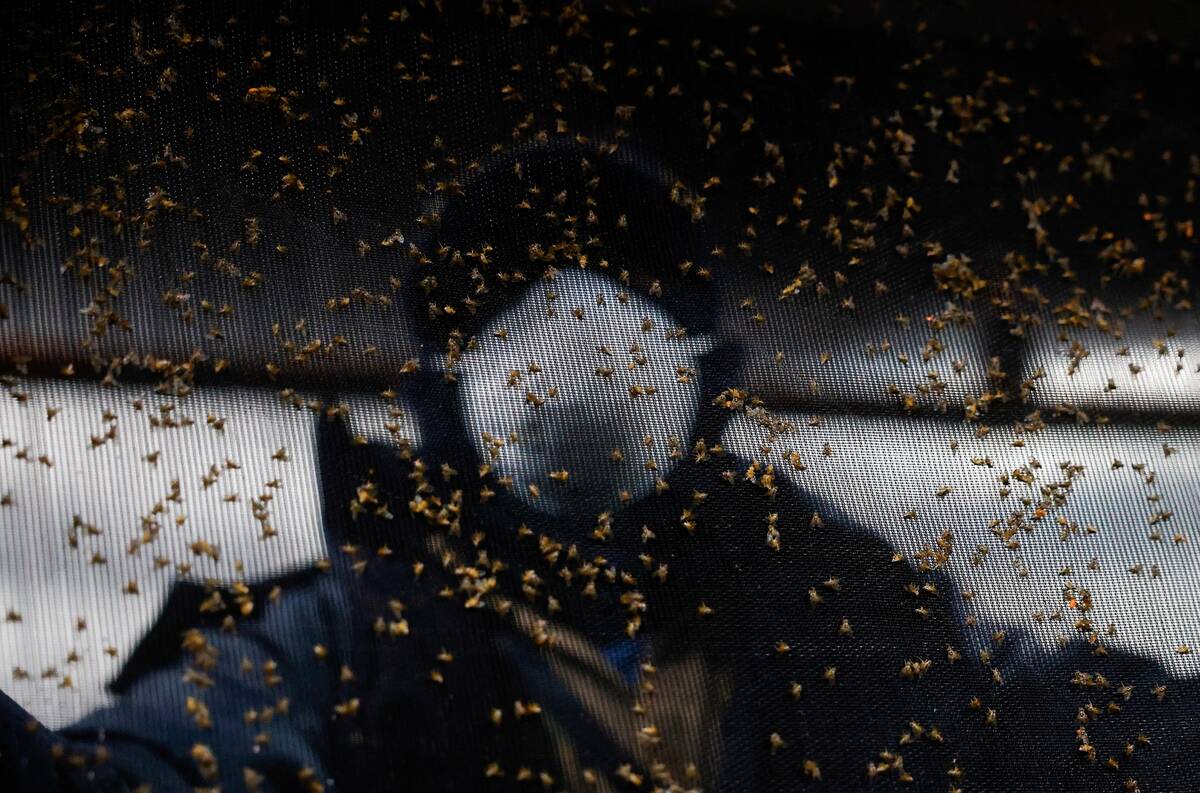
Canada too cold for New World screwworm
New World screwworm is closing in on the U.S. from Mexico, but the deadly livestock parasite isn’t likely to dig a surviving population in Canada, even if the fly species sneaks over the border.
The site is the Danish Cattle Research Centre, an offshoot of Denmark’s Aarhus University. The occasion is a tour of reporters from the International Federation of Agricultural Journalists (IFAJ) in late June.
Nielsen and several of her colleagues are conducting trials to see which diets, and which dietary additives, can decrease methane emissions from dairy cows without negatively affecting health or milk production.
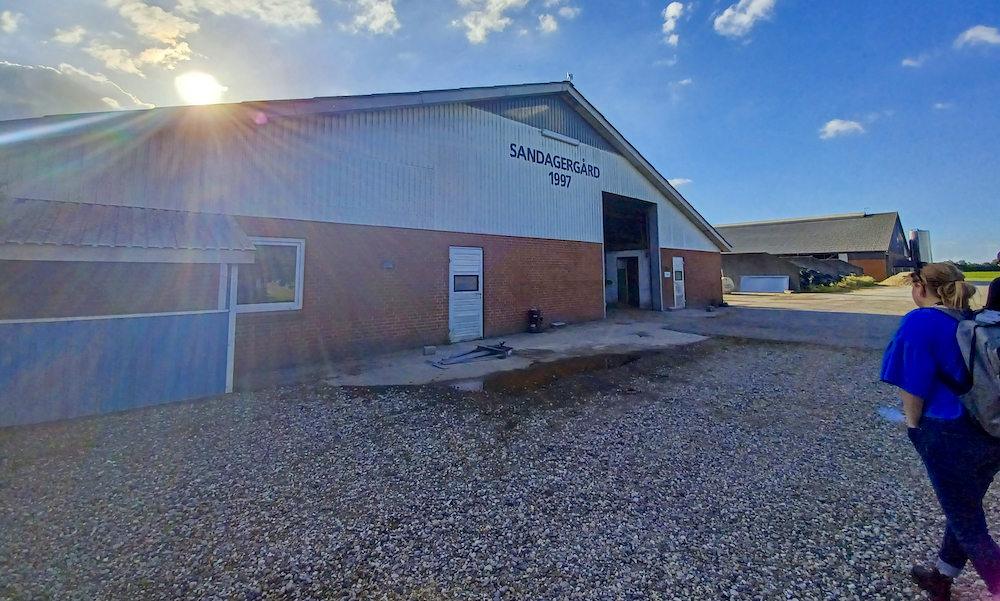
The “burp boxes” are part of those trials. Researchers are able to segregate cows, each fed an experimental diet, into boxes for a set period of time. Cows can then eat, burp and fart as they please. An air handler at the top of the box sucks the room’s air as fresh air comes in. This allows the scientists to measure the animal’s methane output.
Why it matters: Whether in Denmark or at home, livestock producers of all stripes are being pushed to reduce methane and other greenhouse gas emissions from their animals.
Reducing methane emissions is imperative for Denmark’s dairy industry. Danish dairy farmers produce 4.7 billion kilograms of milk each year, most of it handled by the international dairy group Arla Foods, according to the Danish Agriculture and Food Council’s website. The annual value of these products is about C$2.4 billion.
Between 75 and 80 per cent of Danish milk is exported, mainly as cheese and butter products, said Henrik Damholt Jorgensen, CEO of the Danish Dairy Board.
In 2019, the Danish parliament introduced a legally binding act to reduce greenhouse gas emissions by 70 per cent by 2030, relative to 1990 levels, and reach net zero emissions by 2050, according to a report from the Danish Ministry of Climate, Energy and Utilities.
Of emissions from dairy farms, 34 per cent comes from feed production and seven per cent comes from manure storage and handling, said Hanne Bang Bligaard, Arla’s director of agri-sustainability.
Digestion, or methane in other words, comprises 40 per cent of on-farm emissions.
Arla incentivizes its farmers to complete “climate checks” each year. These are lengthy surveys that identify where farmers can reduce their environmental footprint. Arla then sends advisors to the farm to discuss the data and potential solutions.
Asmus Forum is one of those farmers. At the start, he said, those checks were “pretty annoying.”

The farm didn’t expect that tweaking practices to benefit the environment would make it more profitable, but it did, Forum said.
“It’s fair enough, because it’s part of being in the business, to adjust to what the consumers demand,” he said.
Additive X
Research like Nielsen’s begins in a lab simulation. Food and additives are placed in an environment that mimics a cow’s rumen. If that goes well, studies move to the “burp boxes.” From there, the most likely diets can be tested in a barn environment.
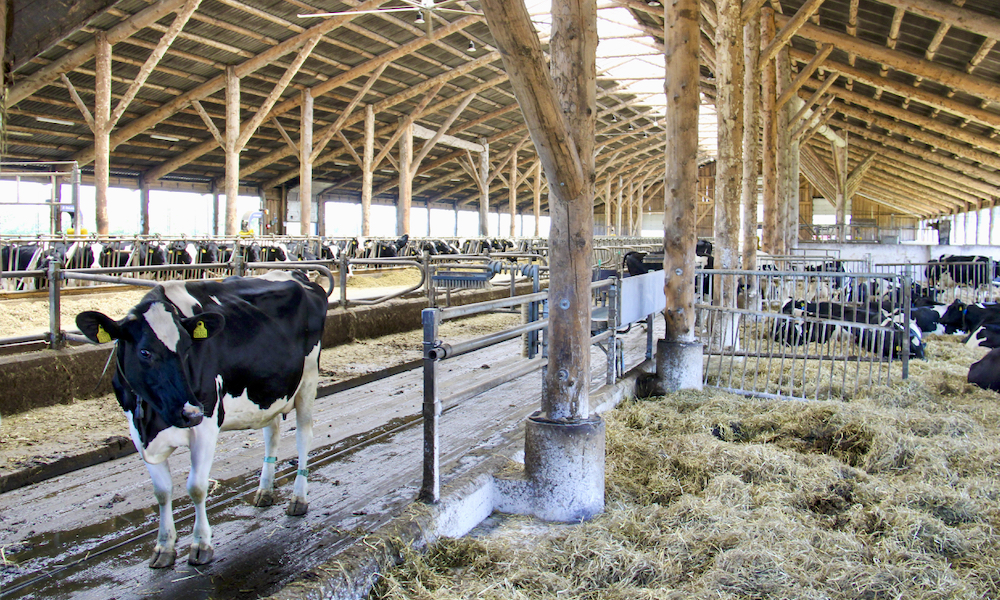
The research centre is testing one of Arla’s big hopes—a feed additive called Bovaer. The supplement is cleared for use in the European Union and has been touted for its ability to reduce methane emissions by around 30 per cent, according to developer DSM.
Arla thinks it will reduce overall dairy emissions by 10 per cent, Bligaard said. But first, they must demonstrate that it can work on the farm. If cows are out on pasture, they won’t be eating a dry food additive, Bligaard said. Farmers can’t chase them with teaspoons of Bovaer.
Its effectiveness is also contingent on diet, and how much additive is fed, centre researcher Peter Lund said. Bovaer is being tested with diets high in maize and grasses, Denmark’s primary feeds.
This year Arla is trialing Bovaer on farms with a total of 10,000 cows.
There are drawbacks. Bovaer is expensive, Bligaard said. Arla will have to work with suppliers to reduce costs.
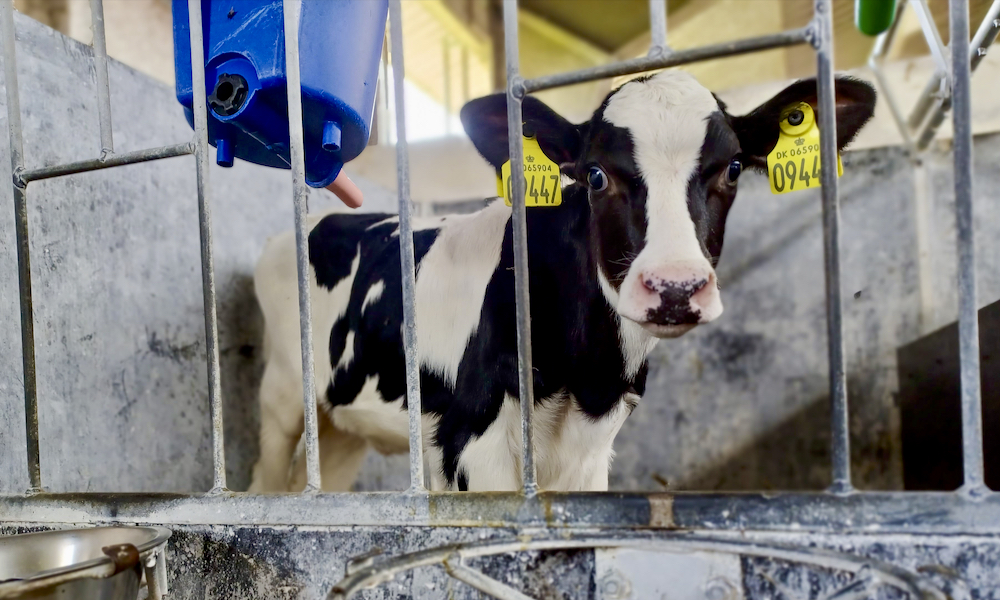
The research centre is also working with other additives, including ones that aren’t commercially launched, like one they call compound X. Another option, an Australian red seaweed, promises to cut methane entirely, Nielsen said. It’s legal to use but difficult to cultivate. They’re hoping to find a similar solution in Nordic plants.
Nielsen acknowledged that, as a small country, Denmark makes up only a small proportion of global ag emissions, three-quarters of which come from Latin America, Africa and Asia.
However, many of those countries don’t have the same resources for research, Nielsen said.
Harnessing the ‘wind’
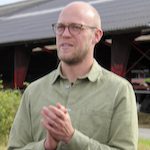
Other farmers, such as Jens Krogh and his son, Andreas Krogh, have found ways to tap methane from manure. Their organic dairy farm uses straw and manure from their 180 cows, as well as slurry manure from neighboring farms, to generate electricity through biogas.
Putting manure through biodigesters produces more methane than just leaving it to decompose. In this case, however, with methane captured and used to power a generator, that’s a benefit. The process displaces the need to use natural gas, an increasingly scarce and expensive resource in Europe since Russia’s war on Ukraine began.
The digesters take in 70 tonnes of dry and liquid manure each day and produce 360 kilowatts of electricity per hour, or about 2.8 million kilowatts annually.

The “digestate,” or leftovers from the process, can be spread on the field like manure, but its nutrients are more accessible to crops, Andreas Krogh said.
By the numbers, 35 per cent of the farm’s income comes from energy production, he reported. Dairy cattle generate about 15 per cent. But since the cattle are essential to the system, they give more value than the numbers suggest.
Krogh also noted the plant’s ability to run at all hours on all days, whereas the windmill the farm also uses to generate power can only run under certain wind conditions.
However, the biogas process required a lot of capital to start – about C$2.6 million. Rebates from the Danish government covered some of the costs.
What do farmers think?
The pressure on Danish producers, from both consumers and government, to reduce emissions is much the same as what many Canadian farmers would report.
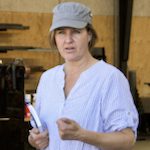
Lene Floe Moller, who farms 700 cattle with her husband, Torben Baekdal Galsgaard, said there is uncertainty around future government regulations.
The week before journalists toured Moller’s farm, Danish lawmakers agreed to set a corporate carbon tax of nearly C$200 per tonne by 2030. It’s the highest carbon tax in Europe, according to a June 24 Reuters report.
So far, the tax applies to fossil fuels in transport and energy, said Soren Sondergaard, chair of the Danish Agriculture and Food Council. In six months, the government will discuss plans to tax farming and biological processes like methane.
If the government decides to slap farm carbon with the same price, it will cost farmers more than they earn per year, Sondergaard said.

